Introduction
You might find yourself wondering why your furry companion refuses to share toys with other dogs—or even with you! It can be frustrating, especially when playtime turns into a tug-of-war over a favorite squeaky toy. But don’t worry, you’re not alone. Many dogs struggle with sharing, and there are solid reasons behind this behavior.
Let’s dive into the world of canine behavior, understand why dogs don’t always share, and explore how you can help your pup become more comfortable with it.
Why Won’t My Dog Share Toys?

Sharing is a concept that doesn’t always come naturally to dogs. While we, as humans, are taught to share from a young age, dogs rely on instincts that tell them to protect valuable resources—including food, treats, and yes, toys.
If your pup isn’t a fan of sharing, don’t worry! It’s completely normal, and with the right approach, you can teach them to be more comfortable with it.
The Natural Instinct to Protect Possessions
Dogs are wired to protect their resources. In the wild, animals need to guard food and shelter to survive. Even though our dogs live in cozy homes with full bowls of food, those ancient instincts still play a role in their behavior.
Some dogs feel the need to claim their favorite toy as theirs—not because they don’t love you or their furry siblings, but because their instincts tell them to keep valuable things close.
Understanding Resource Guarding

What is Resource Guarding?
Resource guarding is when a dog aggressively protects something they see as valuable. This could be a toy, food, or even a comfy spot on the couch.
Signs of Toy Guarding:
- Growling or snarling when someone approaches their toy
- Stiffening up or freezing when another dog tries to take it
- Snapping or lunging when a toy is taken away
- Hoarding toys in a particular spot
Not all dogs who refuse to share are aggressive. Some may simply move away or hide their toy rather than engage in conflict.
Is Your Dog Being Possessive or Just Playing?
Not every dog that holds onto a toy is guarding it. Sometimes, they’re just having fun! A game of chase or tug-of-war can look like possessiveness, but it’s all part of playful interaction.
How to Tell the Difference:
- Playful: Loose, relaxed body language, wagging tail, excited behavior
- Possessive: Stiff posture, intense focus, growling, snapping
If your dog’s behavior seems aggressive or defensive, it may be time to step in and work on training.
How to Teach Your Dog to Share

1. Build Trust Through Positive Reinforcement
Dogs need to feel safe before they’re willing to give up something valuable. Instead of taking a toy by force, trade it for something better—like a treat or a belly rub.
2. Teach “Drop It” and “Leave It”
Training your dog to drop a toy on command helps them learn that giving something up isn’t a bad thing.
3. Reward Generously
Whenever your dog lets go of a toy willingly, reward them with treats or praise. Over time, they’ll associate sharing with good things.
Creating a Positive Play Environment
If you have multiple dogs, toy-related tension can arise. Here’s how to keep things peaceful:
- Have enough toys for everyone – This reduces competition.
- Supervise playtime – Step in before conflicts escalate.
- Give each dog personal time – Playing separately can ease tensions.
When to Seek Professional Help
If your dog’s guarding turns into aggressive behavior that feels unsafe, working with a trainer or behaviorist can make a huge difference. They can help identify triggers and create a personalized training plan.
Conclusion: Patience is Key
Teaching your dog to share takes time, patience, and consistency. Every pup is different, and while some learn quickly, others take more time. With the right approach, you can build trust and create a more peaceful playtime for everyone.
FAQs
Why does my dog growl when I take their toy?
Growling is a warning sign that your dog is uncomfortable. Instead of punishing them, work on building trust and teaching the “drop it” command.
Can a dog be trained to share later in life?
Absolutely! Older dogs can learn new behaviors with patience and positive reinforcement.
Should I take away all toys to stop guarding behavior?
No—this can make guarding worse. Instead, teach your dog that sharing is rewarding.
How do I prevent fights over toys in a multi-dog home?
Ensure there are enough toys for everyone, supervise play, and remove high-value items if necessary.
What’s the best way to introduce toy-sharing to a new puppy?
Start with supervised play, encourage positive exchanges, and use plenty of praise and rewards.


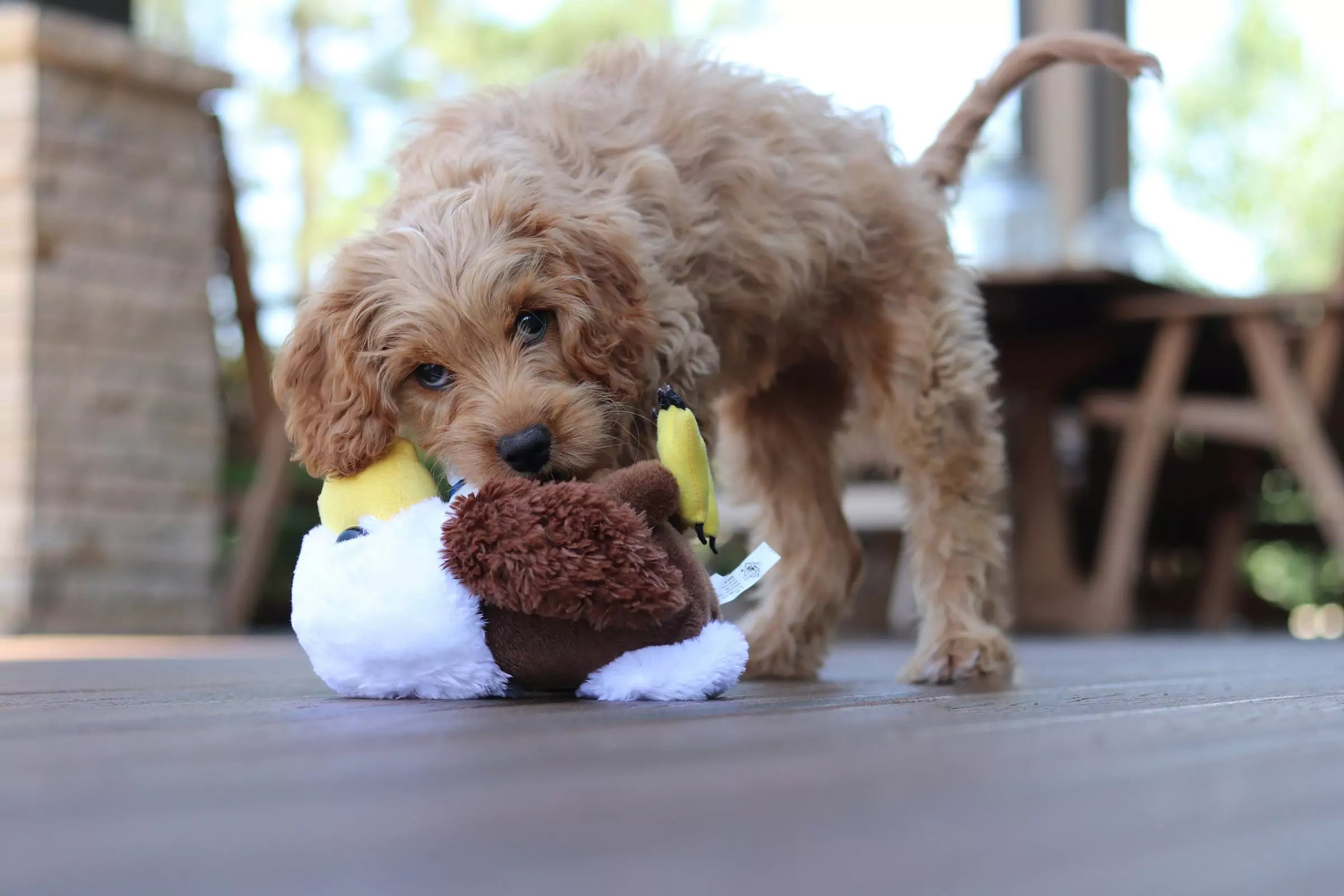
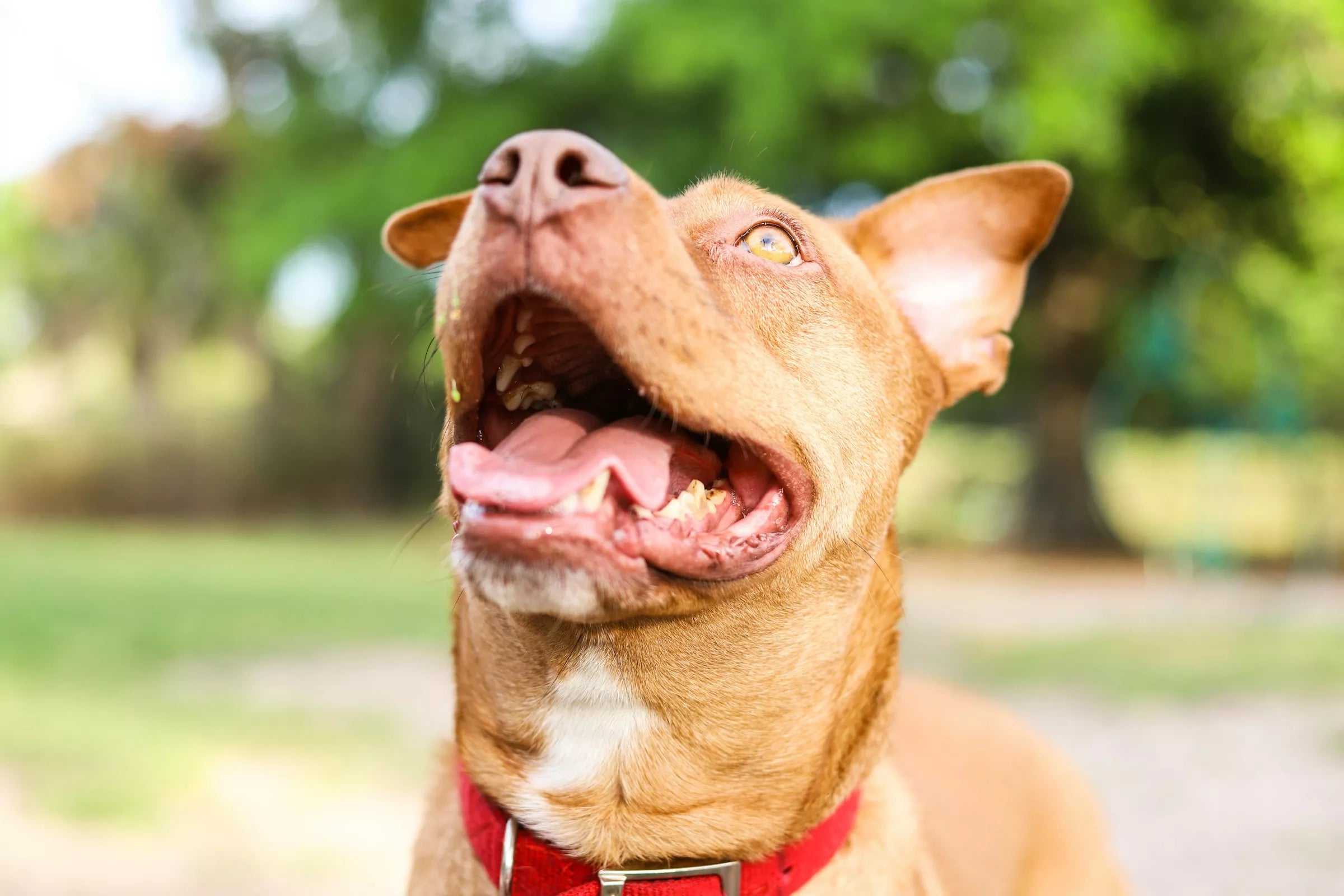
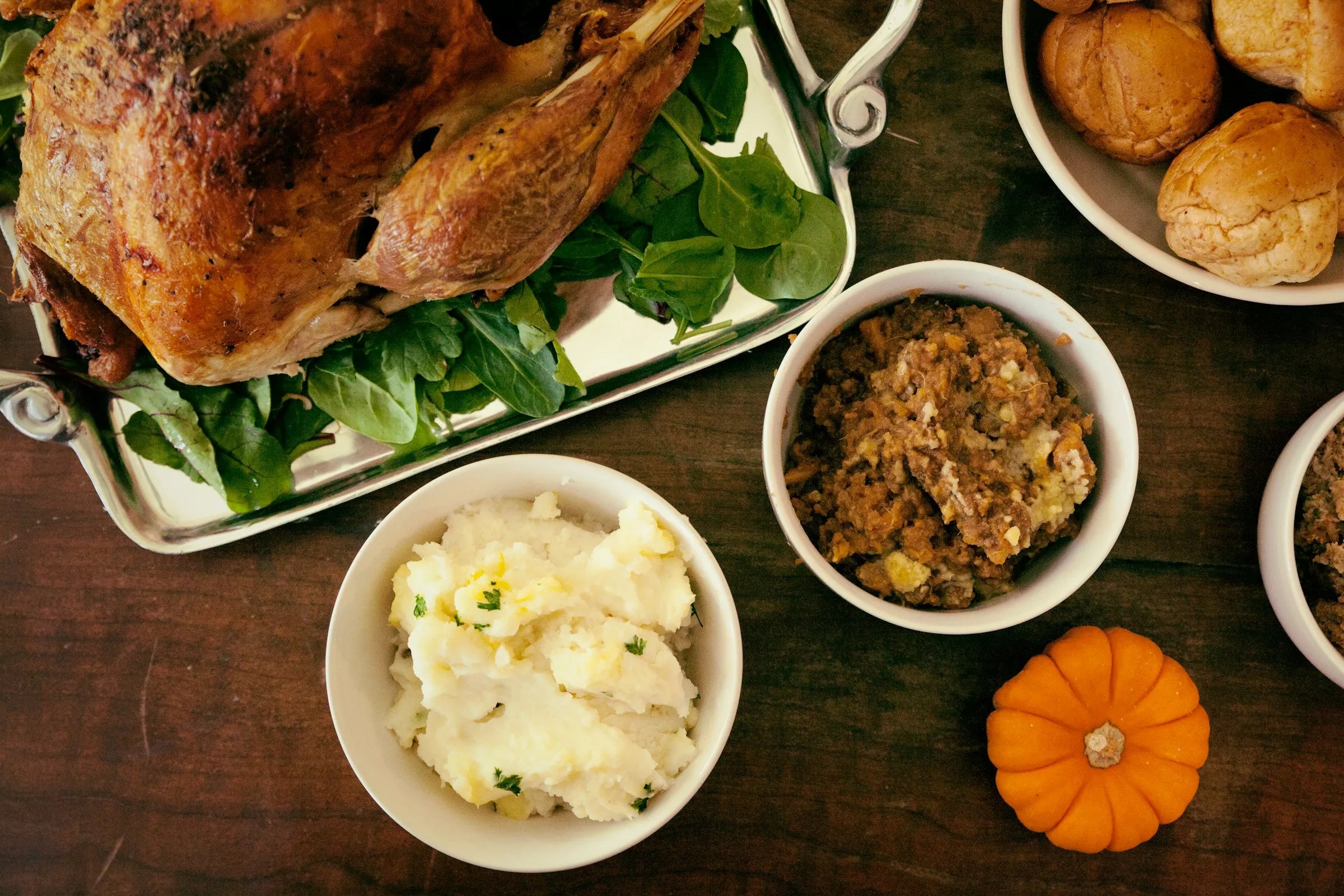
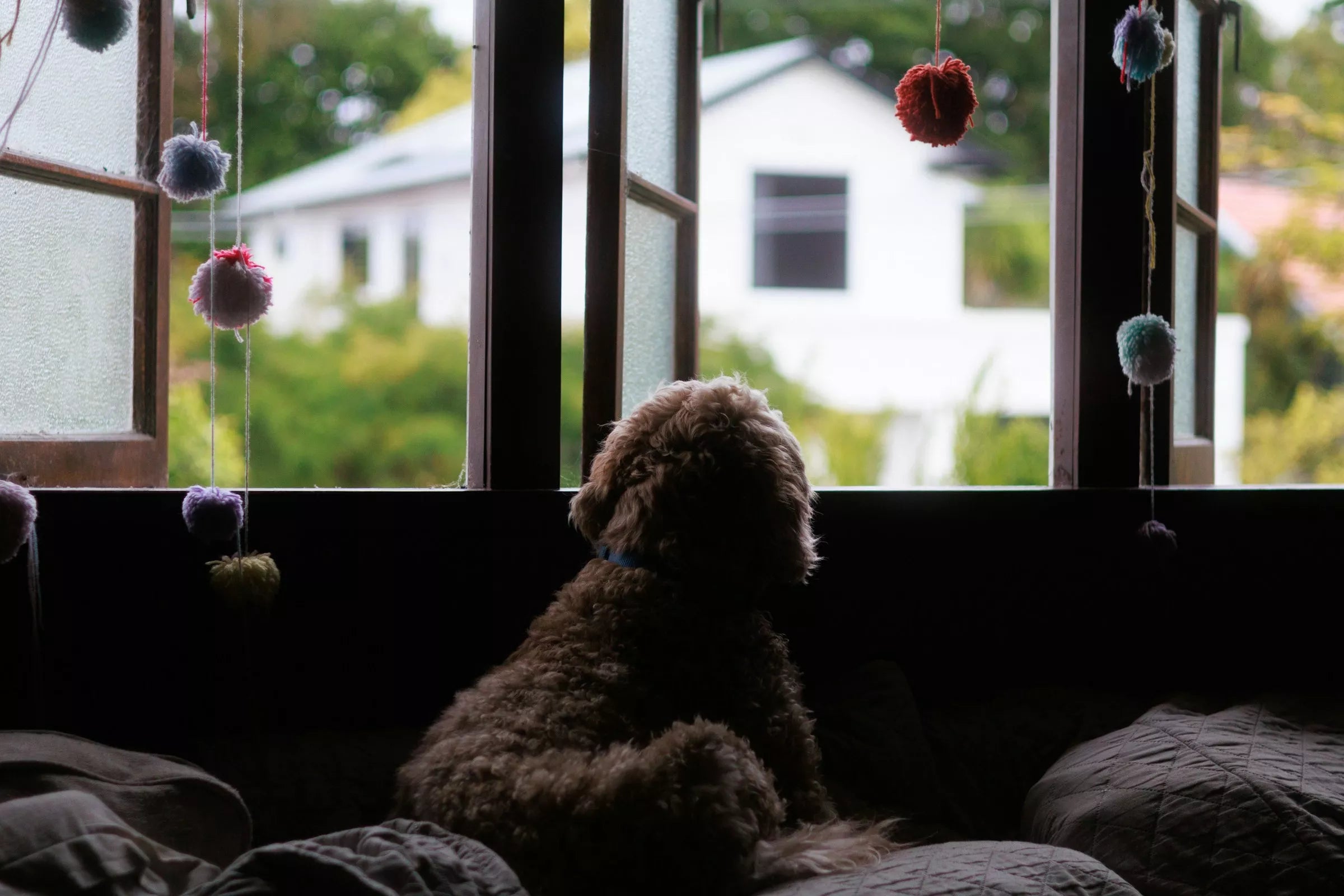
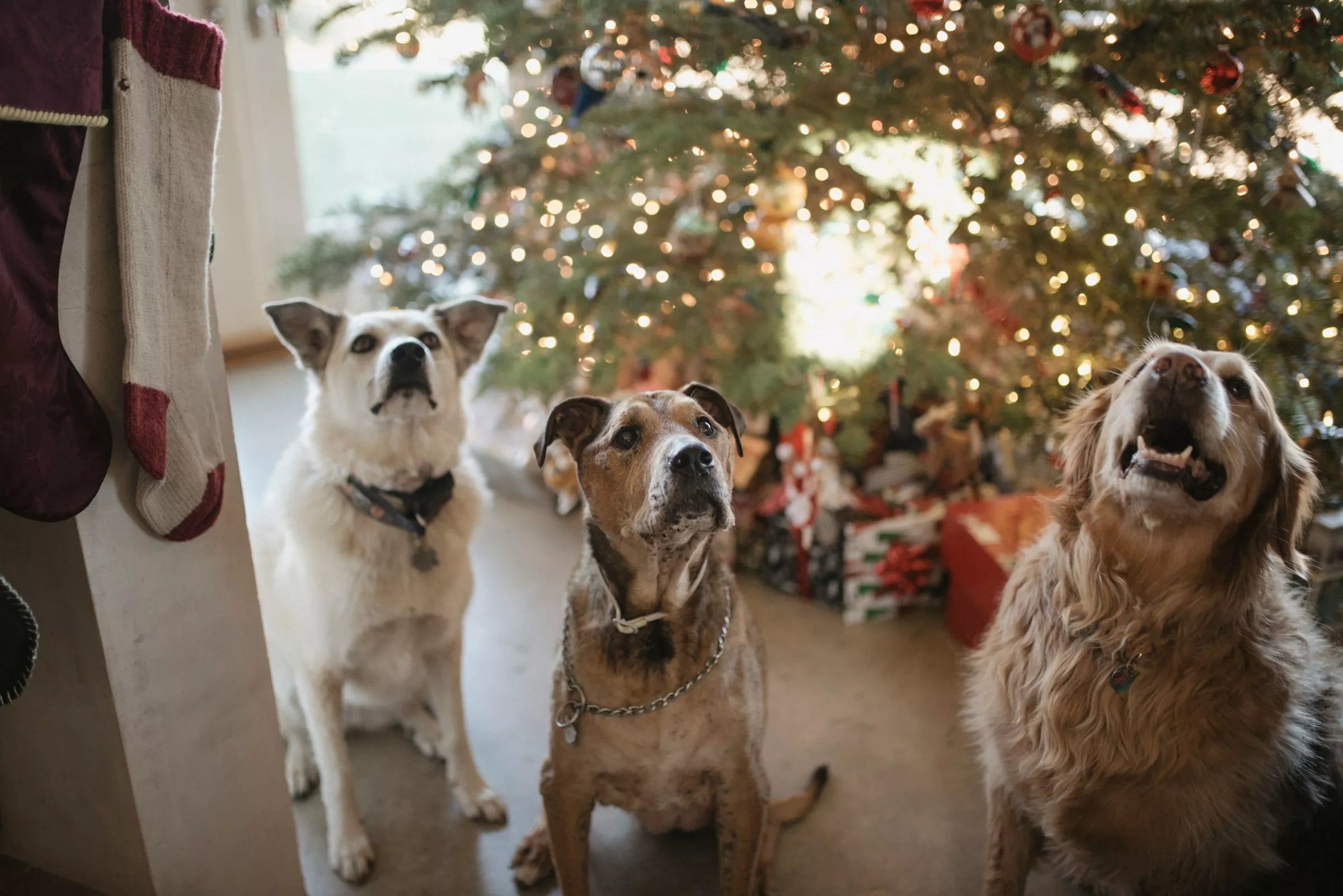
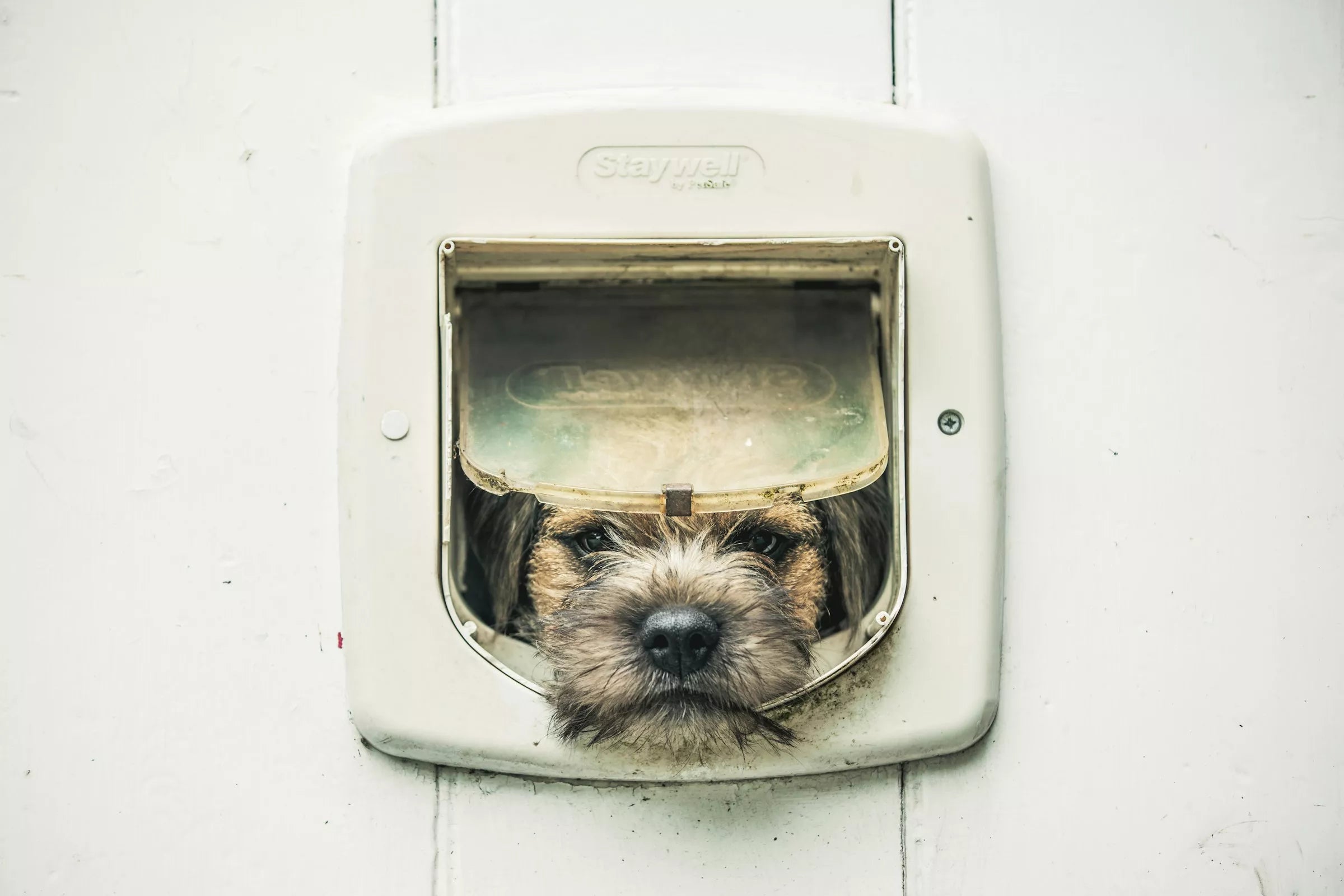
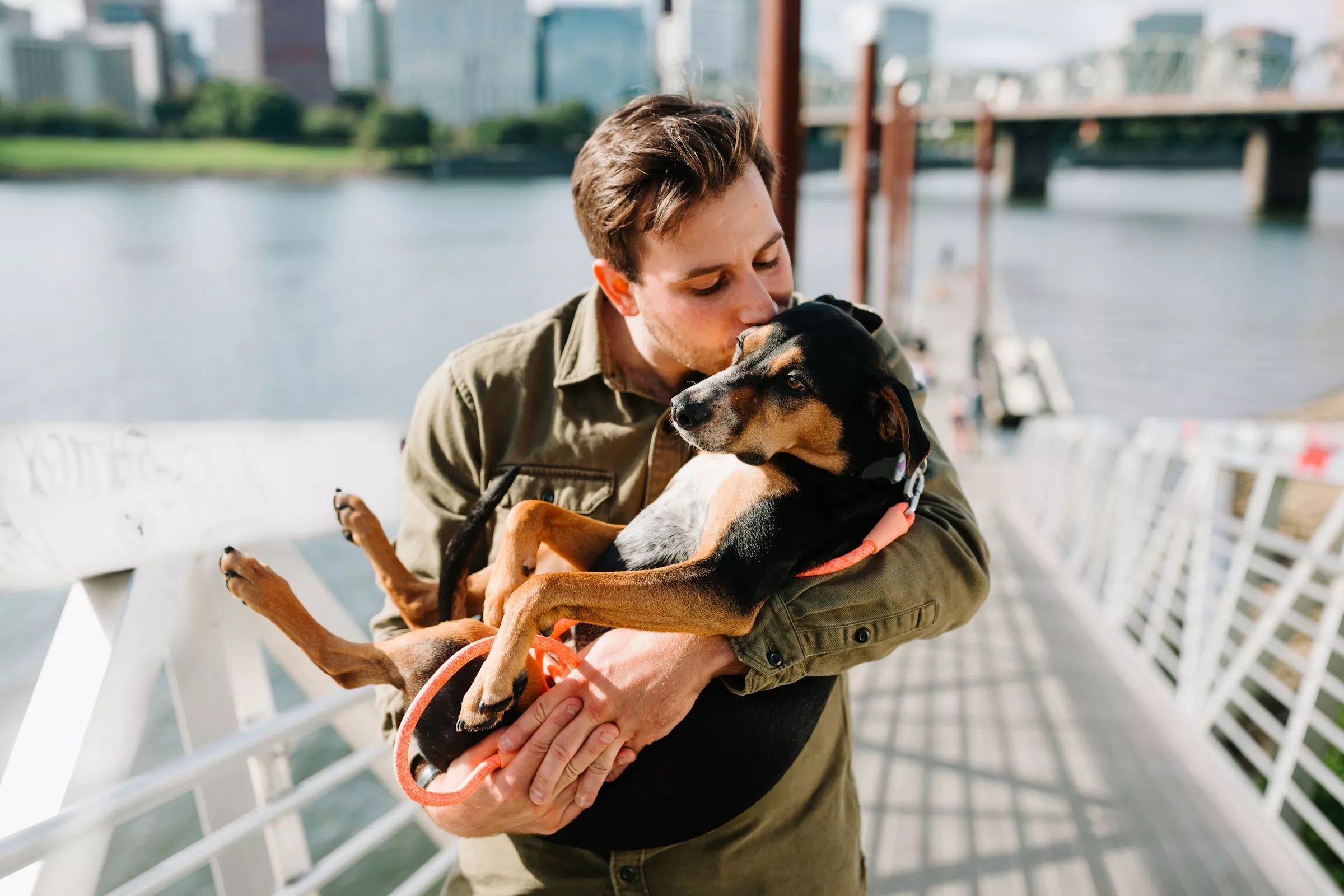






Share:
How Dog-Friendly Is New York?
How Dog Breeds Have Changed